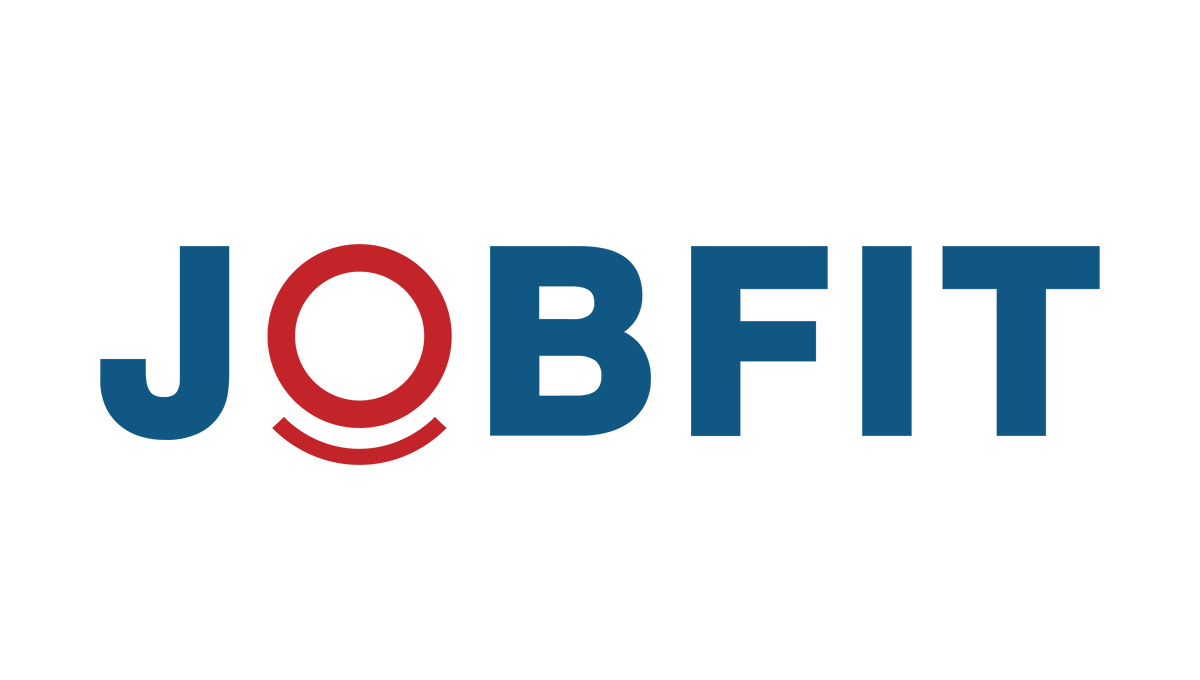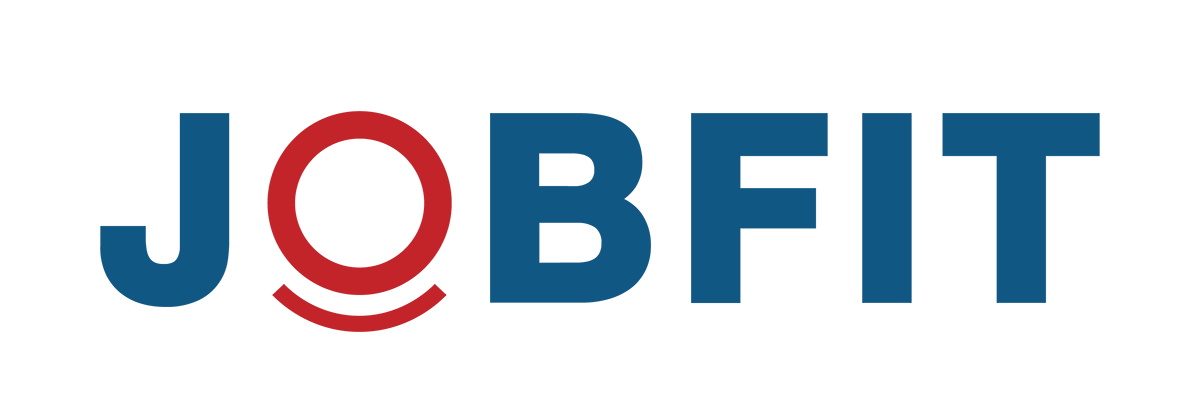Obstructive sleep apnoea (OSA) is a sleep disorder that affects millions of people worldwide.
OSA can pose significant risks to workers in safety critical roles by compromising their alertness, reducing their concentration, and negatively impacting their overall productivity.
By recognising the signs and symptoms of sleep apnoea, understanding its causes, and implementing appropriate mitigation strategies, employers can help ensure the wellbeing and safety of their workers.
Understanding sleep apnoea and how it affects the human body
Sleep apnoea is a condition that causes a person to stop breathing while they’re sleeping. The word “apnea” comes from the Greek word for “breathless”.
Throat muscles can relax while we’re sleeping and block the flow of air into the lungs, causing a lack of oxygen (obstructive sleep apnoea). This lack of oxygen activates a survival reflex that wakes us up just enough to resume breathing. This reflex keeps us alive, however it also disrupts the sleep cycle, preventing restful sleep. Sleep apnoea can also occur when the brain doesn’t correctly control breathing (central sleep apnoea).
Levels of sleep apnoea
The pauses in breathing (survival reflex) can last for just a few seconds or as long as a whole minute and can occur multiple times throughout the night. The more severe the sleep apnoea is the more often these interruptions in sleep will occur.
The levels of sleep apnoea can be categorised as follows:
Mild: An individual experiences 5-15 apnoea events (cessation of breathing) per hour.
Moderate: An individual experiences between 15-29 events per hour. A person sleeping for 8 hours will experience between 120-239 events per 8 hour sleep cycle.
Severe: An individual experiences more than 30 events per hour resulting in more than 240 events per 8 hour sleep cycle
Disrupting the human sleep cycle
The human sleep cycle happens in multiple stages. Each stage of sleep provides a different level of rest and restoration to the body and the mind. The deepest and most restorative stages of sleep, slow wave sleep and REM sleep, happen at the later stages of the sleep cycle.
When sleep apnoea prevents a person from entering and remaining in these stages of sleep, the person is being deprived of important deep rest and is more likely to experience excessive daytime sleepiness and fatigue.
Signs and Symptoms of Sleep Apnoea
- Feeling tired or exhausted when waking up People with OSA commonly feel tired after a full night’s sleep
- Loud and frequent snoring Individuals with OSA often snore loudly and consistently throughout the night
- Gasping or choking sounds Due to interrupted breathing, sleep apnoea sufferers may make gasping or choking sounds during sleep.
- Excessive daytime sleepiness Workers with sleep apnoea often struggle to stay awake during the day, leading to decreased productivity and increased risks with driving and other activities
- Morning headaches Waking up with frequent headaches can be an indication of sleep apnoea.
- Mood changes Depression and anxiety are common symptoms of sleep apnoea
- Impairment of cognitive function, poor concentration and memory
- Insomnia
- Night sweats and feeling restless at night
- Sexual Dysfunction
Risk Factors for Obstructive Sleep Apnoea
Several factors can increase the risk for OSA:
- Obesity / excess weight Fat deposits around the upper airway can obstruct breathing
- Age Sleep apnoea is more common in older individuals
- Gender Men are 2-3 times more likely to have sleep apnoea than women. There is increased risk in women that are overweight or who have been through menopause
- Neck circumference People with thicker necks may have narrower airways and therefore experience OSA
- Alcohol consumption, sedatives or tranquilizers Excessive alcohol intake and the above substances relax the muscles in the throat, which can worsen obstructive sleep apnoea.
- Smoking Smokers are 3 times more likely to have OSA compared to people who have never smoked. Smoking increases the amount of inflammation and fluid retention in the upper airway
- Family history Having a family history of OSA can increase an individual’s risk.
- Structural abnormalities Nasal congestion, narrow throat since birth, enlarged tonsils, or a deviated septum can obstruct the airways during sleep.
- Medical conditions Certain medical conditions may increase the risk of OSA. Examples of such conditions include:
- Congestive heart failure
- High blood pressure
- Type 2 Diabetes
Mitigating the risks of sleep apnoea in the workplace
Employers of workers in safety critical roles can assist with mitigating the risk as a result of OSA in the workplace.
The following strategies can be considered:
- Education and awareness Provide information about sleep apnoea to employees, including its signs and symptoms, consequences, and available treatment options.
- Screening programs Offer regular screening programs to identify workers who may be at risk or already suffering from sleep apnoea. Scroll down to learn more about tests that can be conducted to diagnose OSA.
- Encourage healthy habits Promote healthy sleep practices, such as maintaining a regular sleep schedule, creating a conducive sleep environment, and avoiding stimulants before bedtime.
- Support treatment options Encourage affected workers to seek medical help and support their treatment journey, which may include therapies like continuous positive airway pressure (CPAP) machines.
- Adjust work schedules Consider providing flexible work schedules or shorter shifts to accommodate the needs of workers undergoing treatment for OSA
Testing for Obstructive Sleep Apnoea
Occupational health assessments can play a vital role in identifying workers at risk of sleep apnoea.
Through the occupational health assessment, risk factors for OSA can be identified, which then can be managed through referral to the treating doctor for further assessment.
In addition to the occupational health assessment, OSA screening questionnaires can be utilised to identify individuals at risk for OSA.
Examples of OSA screening questionnaires include:
Epworth Sleepiness Scale
- This assesses an individual’s daytime sleepiness levels by measuring their likelihood of dozing off in various situations
- A high ESS score can indicate excessive daytime sleepiness, a common symptom of OSA
STOPBANG
- Consists of 8 yes/no questions.
- High risk for OSA is defined as a score of >3
What happens next?
When a worker is identified as being high risk for OSA, referral will be required for further assessment to either exclude or diagnose OSA, especially if they are required to perform a safety critical task or specific regulated standards are applicable. For example; Rail Standards (NTC Health Assessment of Rail Safety Workers 2017) and Assessing Fitness to Drive Standards (AFTD 2022).
Further assessment will include a diagnostic Polysomnography (PSG), also known as a Sleep Study. This can be completed either at home or in a sleep laboratory.
If moderate to severe OSA is diagnosed, a consultation with a Sleep Specialist will be required to discuss treatment options.
By incorporating these tests into occupational health assessments, employers can identify OSA in their workers and take appropriate measures to ensure the safety and wellbeing of their workers, other employees and members of the public
Contact us to arrange an Occupational Health Assessment to identify at risk workers, and to assist with referral for further OSA testing for workers in safety critical roles.


